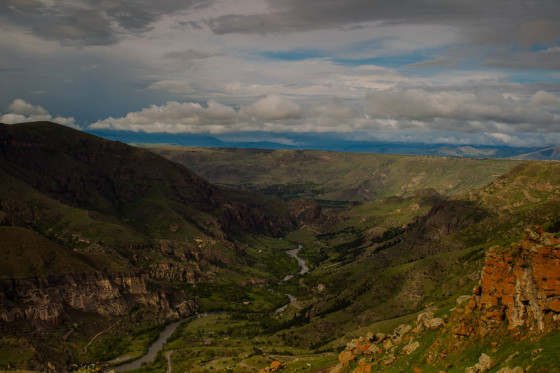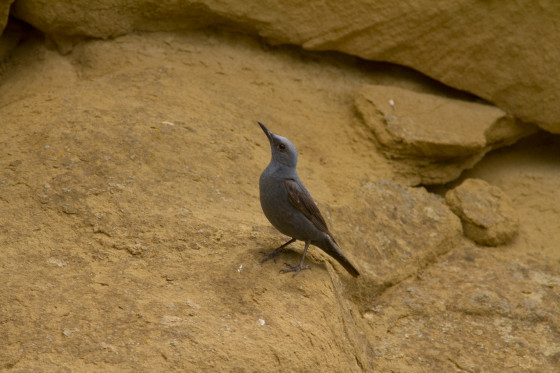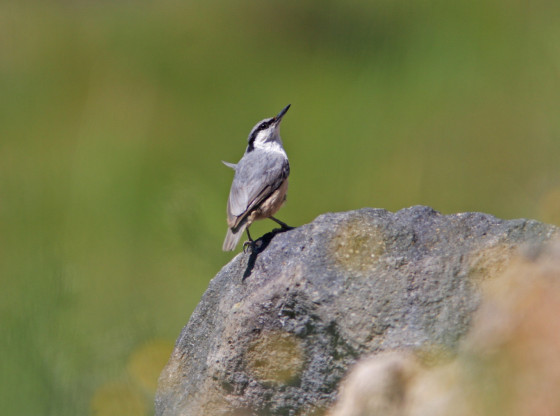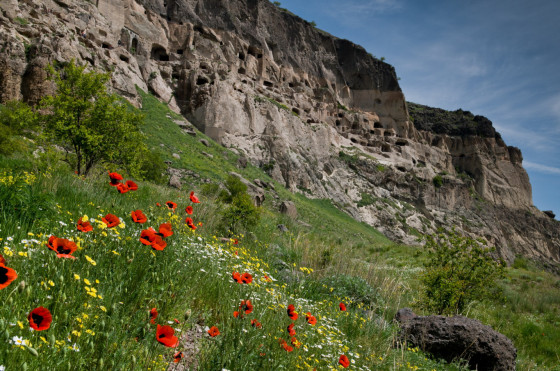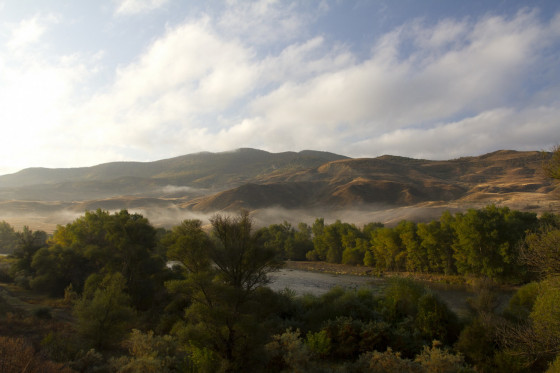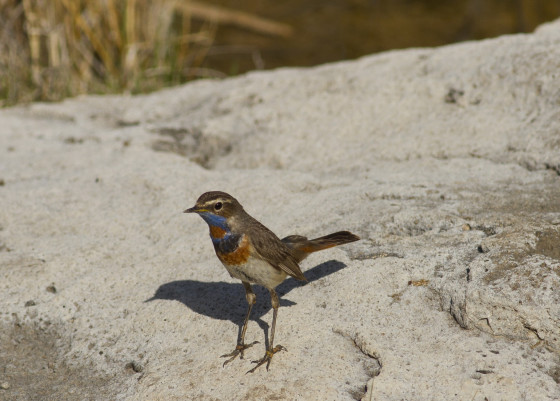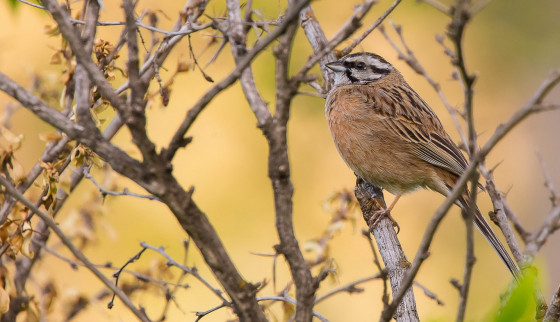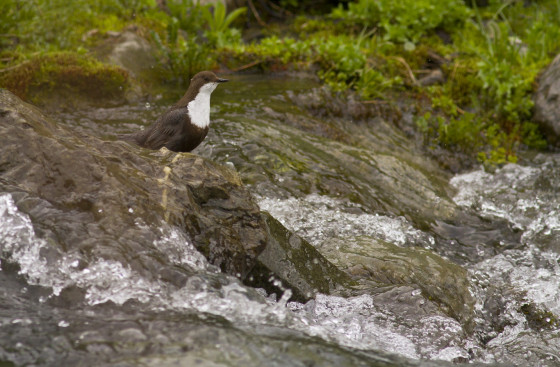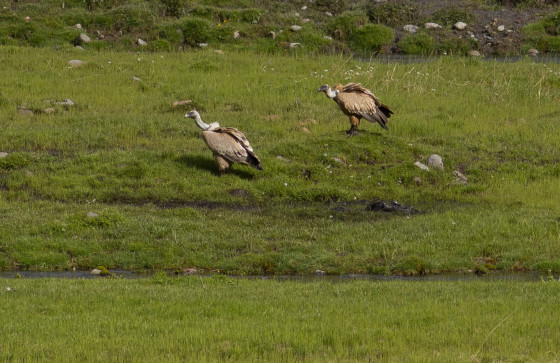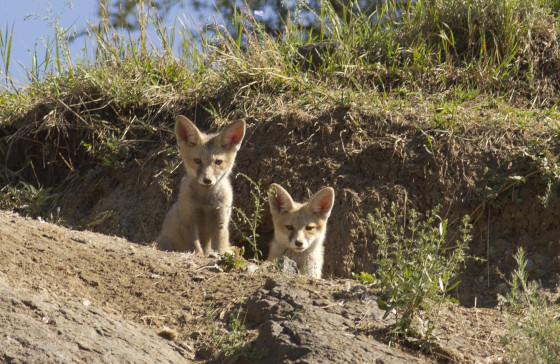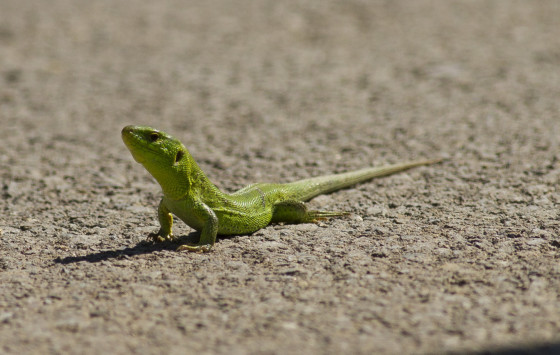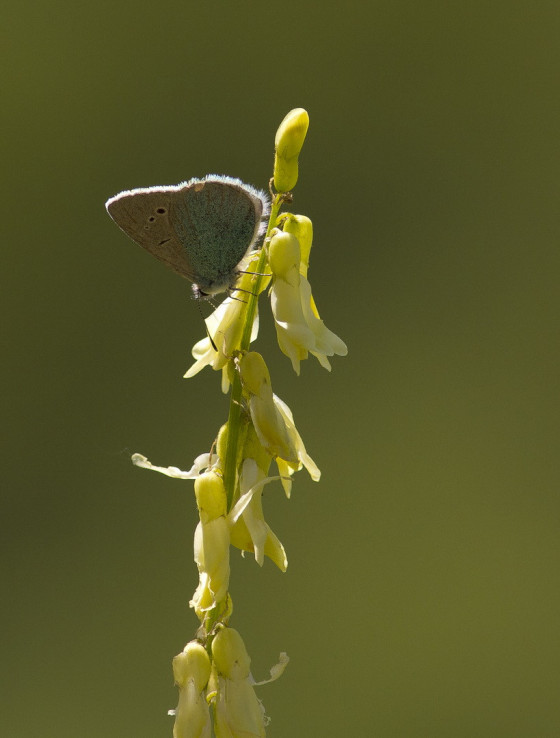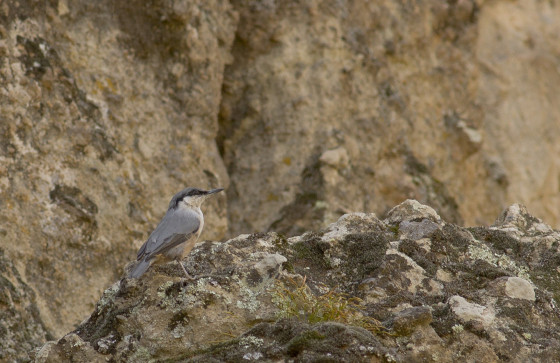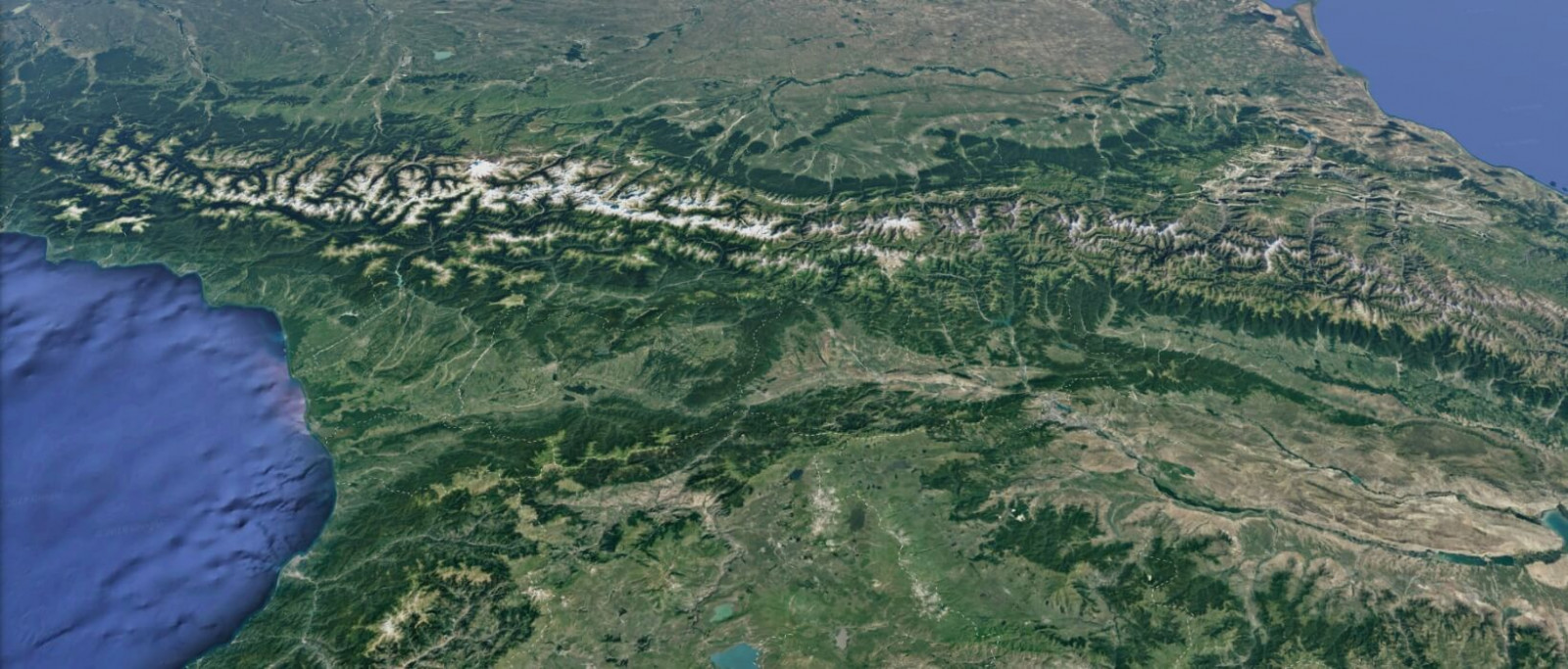Hotspots
Vardzia Cave Town
Vardzia is a famous cave complex in southern Georgia, in the upper part of the river Mtkvari (Kura) valley, close to the border with Turkey. A cave town of Byzantine (Cappadocian) style, it was built in XIII century during the reign of Georgia’s most famous queen, Tamar. High cliffs with man-made caves along the river Mtkvari make an impressive sight. The landscape is dry and bushy at elevations of over 1500 m. The site is located in a scarcely populated region. It is a dry area with a continental climate. The area has a number of typical east-Mediterranean species. Most remarkable are vultures and several species of reptiles.
Birds: Griffon, Egyptian and bearded vultures, golden eagle, sort-toed snake eagle, and long-legged buzzard are a common sight. Other birds of prey are Levant sparrowhawk and peregrine falcon. In surroundings of the area, chukars are relatively common. Other birds are crag martin, black-eared wheatear, blue rock thrush, orphean warbler, lesser whitethroat, rock nuthatch, lesser grey shrike, rose-coloured starling, rock sparrow, black-headed and ortolan buntings and other songbirds typical for semiarid landscapes. European bee-eater and hoopoe are other common birds of the area.
Other wildlife: Common species of reptiles are Caucasian agama, middle lizard, Georgian rock lizard, and modest racer. Occasionally found Transcaucasian racer, Mediterranean tortoise, and European glass lizard. This is only area in Georgia where Radde’s rock lizard is found. Wolf and fox are relatively common.
What to expect
Journey For Life
Although Georgia covers only one-seventh of the Caucasus, it aggregates nearly every kind of habitat and biome found in the region. The country’s species diversity far surpasses two-thirds of the species found throughout the entire Caucasus, comprising nearly 1% of the planet’s animal and plant species.
Climate varies from dry warm continental in the southeast of Georgia to very humid temperate in the west; Mtirala in the southwest has 4,000 mm of annual precipitation, exceeding any other geographic point in continental western Eurasia. The country lies along the eastern coast of the Black Sea and southern slopes of the Great Caucasus Mountains, at the same latitude as Washington D.C., northern Greece and northern Spain. Humid areas have the greatest diversity of endemic species. Nearly a quarter of the terrestrial vertebrate and fish species, and even more of the flowering plants of Georgia are endemics of the Caucasus region.
